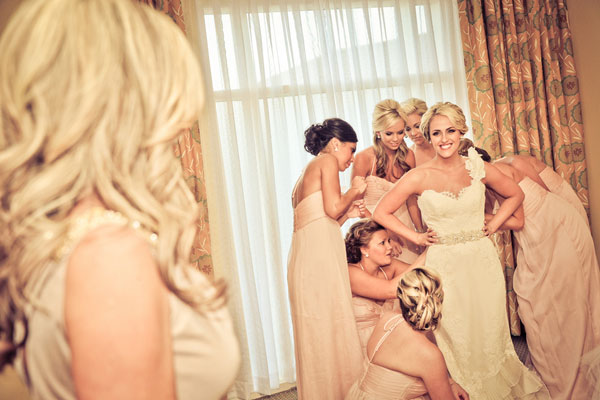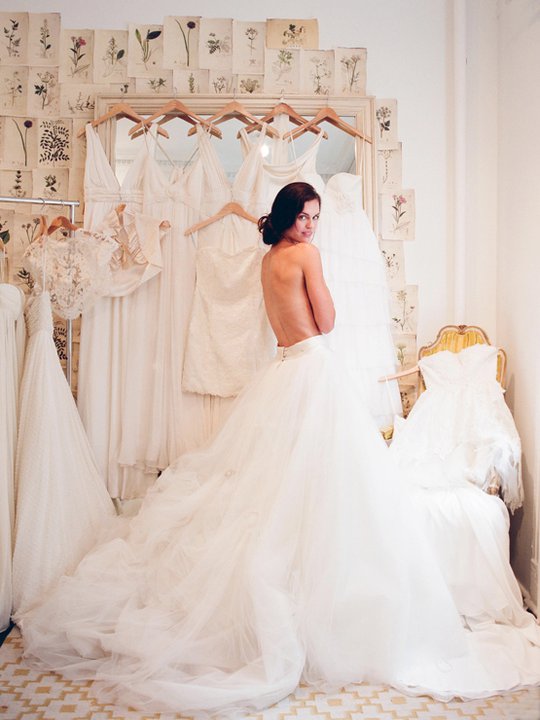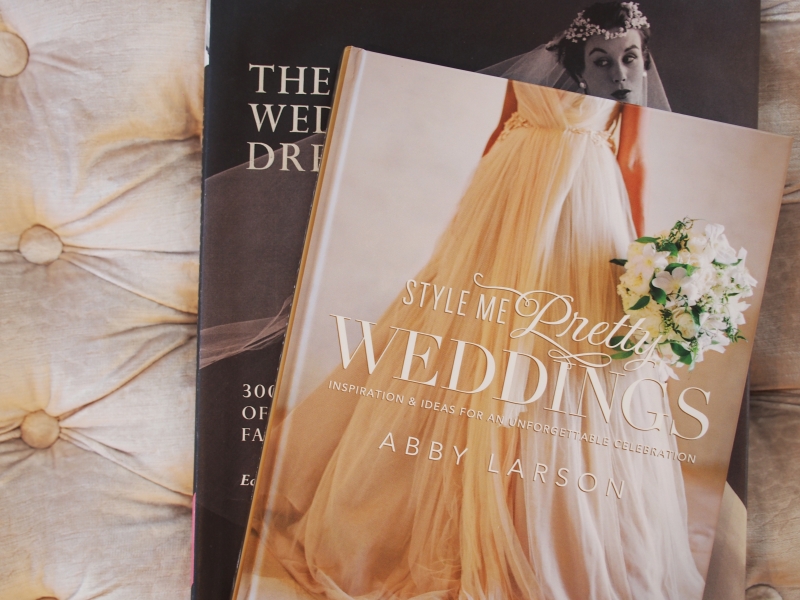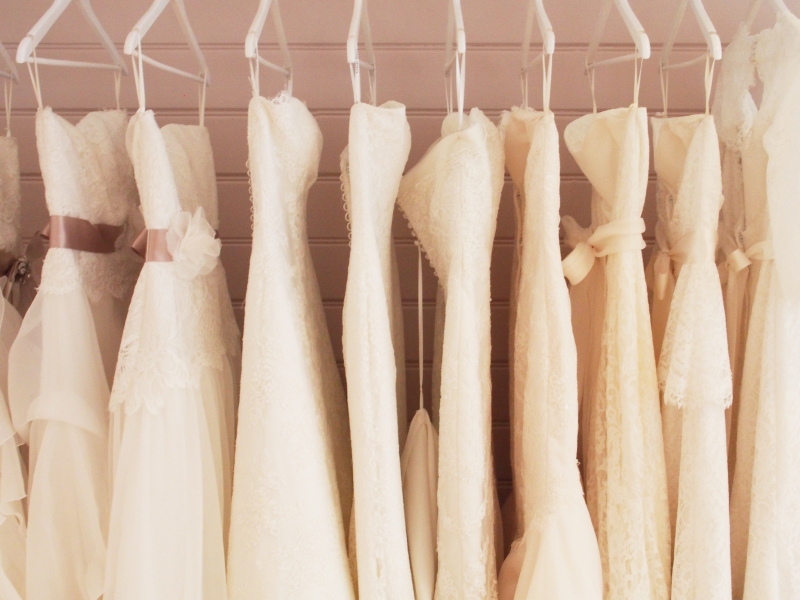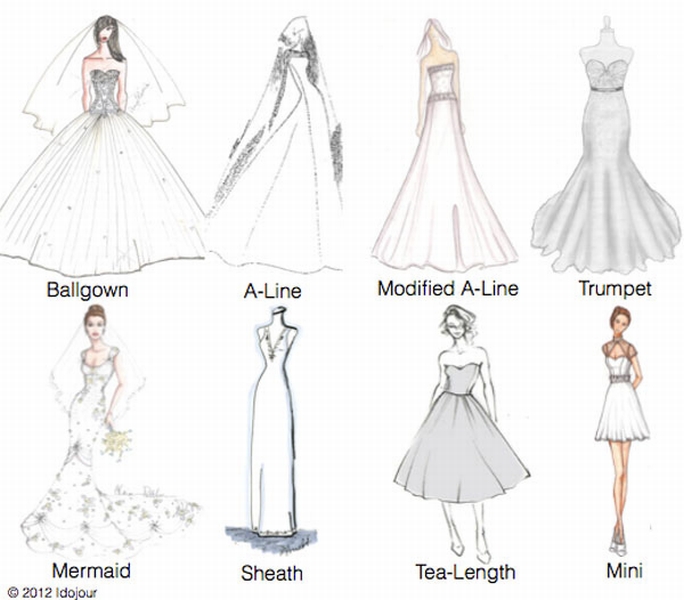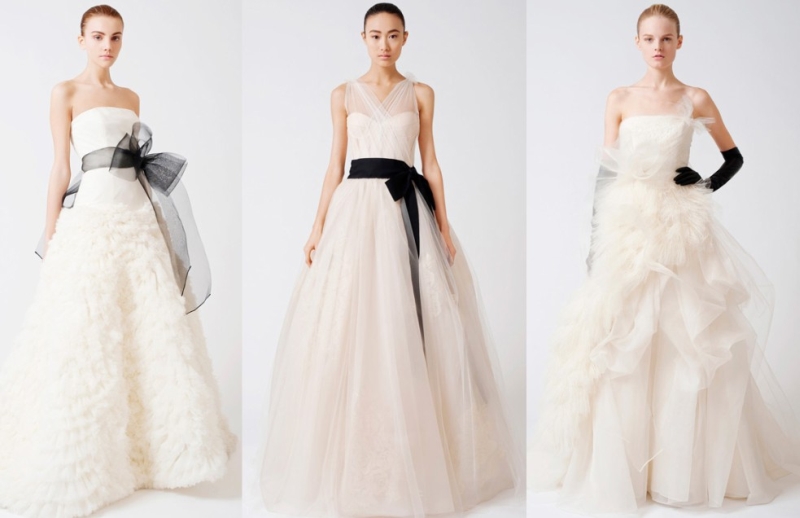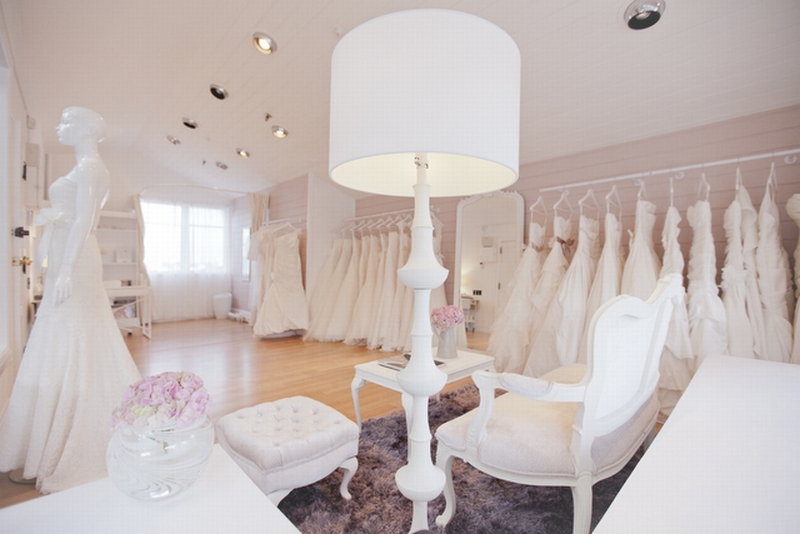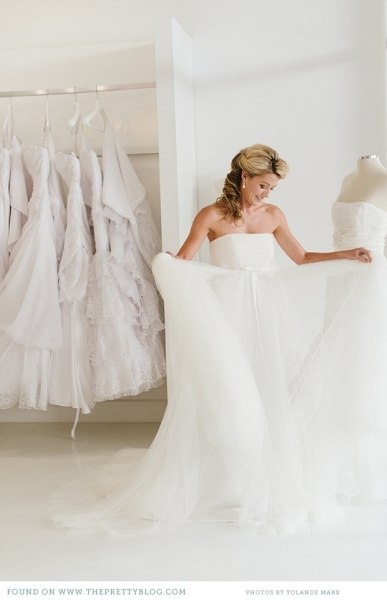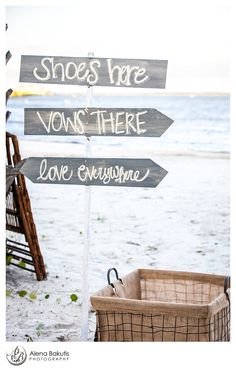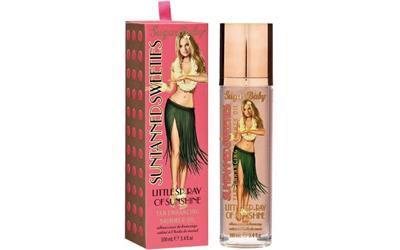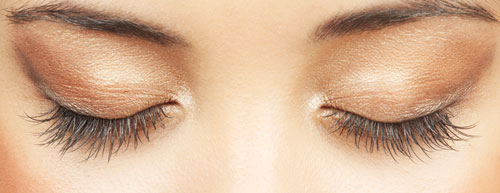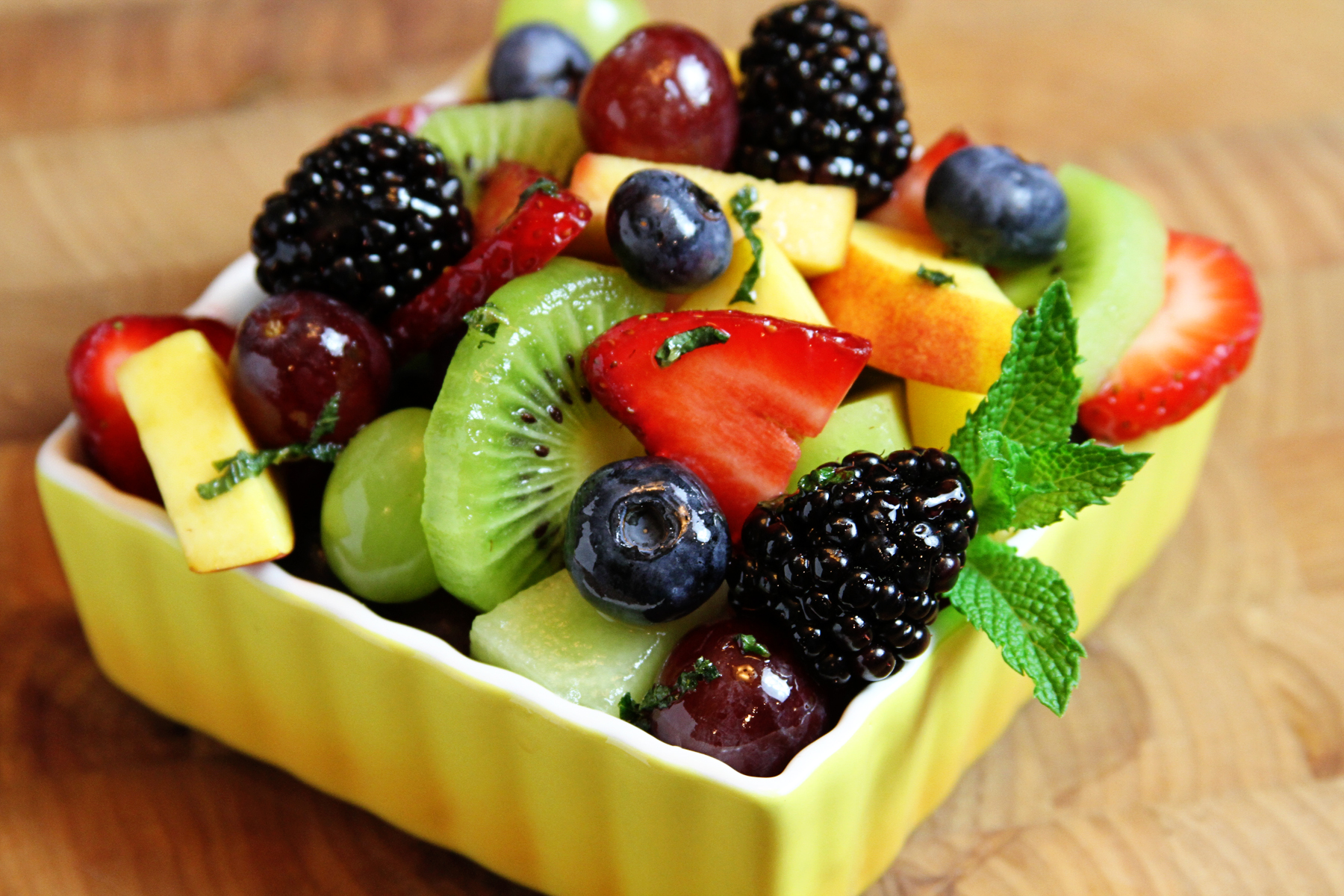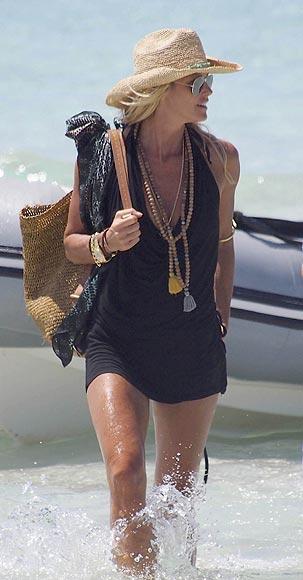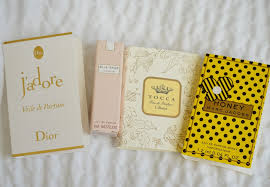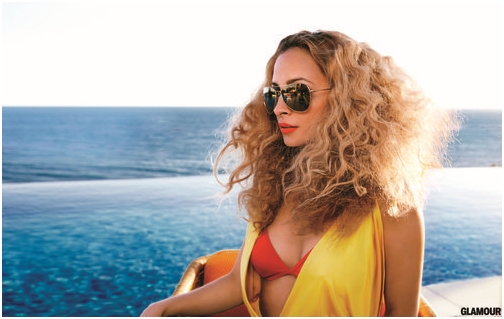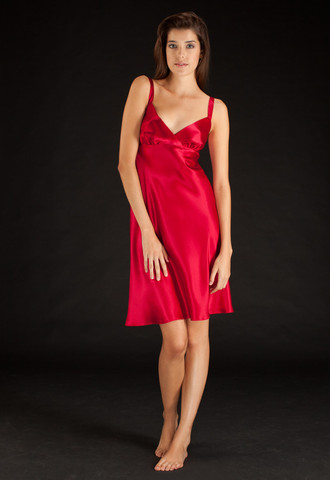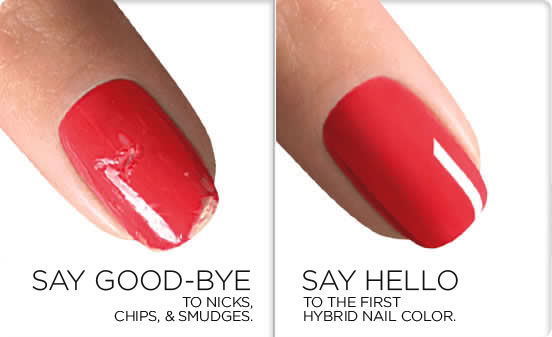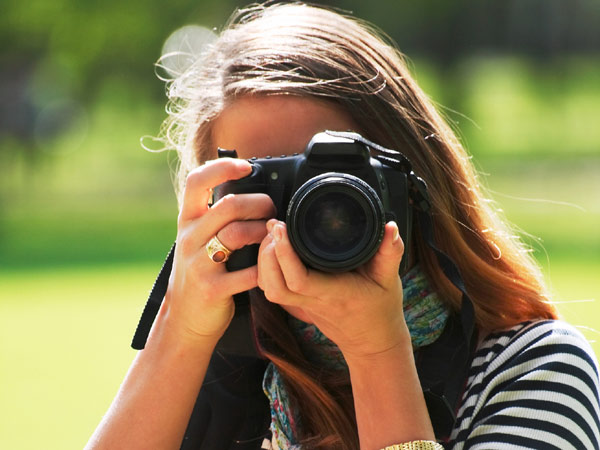by Johanna Osborne
We know what a worldly bunch you all are, and these days there’s nothing more fun than incorporating different flavours the world over into your wedding day, especially if they mean something to you.
So we’ve once again sourced a few of our favourite traditions and have listed them for you today. Some are funny, some are a little weird but all are kind of awesome. Enjoy!
1. It is customary in China that the husband carries his bride over burning coal when they enter their home together for the first time. It is done as a result of the belief that this will help the wife carry the baby and have a successful labour. By walking across those coals, Chinese men get a small taste of the childbirth pain women experience. Clever, we quite like this one!
2. In Congo, newlyweds are not allowed to smile during the entire ceremony in order for their marriage to be taken seriously. Can you imagine the photos?!
3. You might have noticed royal weddings in the UK do bridesmaids slightly differently. Usually, the bride’s attendants are young girls rather than her besties. At Queen Elizabeth II’s wedding in 1947, there were eight bridesmaids, most younger than the 21-year-old bride. Diana had five bridesmaids, the youngest of whom was 5. The oldest was 17. Royal bride Kate Middleton took it even younger in her 2011 wedding, inviting her husband-to-be’s goddaughter and Camilla Parker Bowles’ granddaughter, both 3, down the aisle. We love this trend, and think it makes for the cutest photos ever!
4. Another English tradition is the contest of Cheese Rolling. What exactly is it? People roll large heads of cheese down the hill and race against each other to be the first to make it to the finish line. While on one hand, this might seem like an odd and peculiar event, it is a world-wide competition since the recent winners came all the way from the US and from Japan. The name Gloucestershire comes from the hill where the event usually takes place. We think cheese rolling would be the funniest wedding entertainment ever! The lads would love it! And you’d never run out of snacks!
5. Gosh, spare a thought for those poor boys in Fiji! Want to get married? Found the girl of your dreams? In Fiji, besides asking the girl’s father for permission to marry his daughter, the husbands-to-be are also required to get a whale tooth for the father. If you have the money, then it can be done through the good old black market. If you are not rich, however, then you have only one other way: meet the largest mammal on Earth face-to-face and beg for a tooth. Good luck!!
6. Before the 1900s, a diamond engagement ring was a luxury item; in fact, engagement rings even without a diamond setting were considered extravagant. The Archduke Maximilian of Austria gave one to Mary of Burgundy in 1477, but it was not common. It was a diamond company that would change that. In the late 1800s, the diamond market was flooded when big diamond mines were found in South Africa, and that new influx of gems drove the prices down. In 1939, De Beers hired N.W. Ayer & Son as their ad agency to help them rebound from the slump in sales they’d had as a result of the South African mines. And a new wedding tradition was born: Diamond sales rose 55 percent between 1938 and 1941, and by 1948 America was introduced to the “A Diamond Is Forever” ad campaign – and a new engagement tradition swept the U.S.
7. “Something old, something new, something borrowed, something blue … and a silver sixpence in your shoe.” It’s a Victorian rhyme listing popular wedding traditions that were thought to bring a bride good luck – and each piece of the rhyme has roots in its own superstition. For example, something old ties the bride to her family and her past, while something new is supposed to give the new couple a happy future. The bride should borrow something from a happily married wife to bring happiness, health and longevity to the newlyweds. The something blue is supposed to represent love and fidelity. And a silver sixpence in my shoe? Sure, it’s cold hard cash, but superstition suggests fortune will smile upon a bride with some small change in her slipper.
8. The superstition that it’s bad luck for the groom to see the bride before the wedding dates back to the time when it was more common for marriages to be arranged by families -more business transaction, less love. Because it would be embarrassing for everyone involved if the groom backed out before the ceremony if he didn’t like what he saw, the pair were kept separate. How sad is that?!
9. Recently Kate and William made news for serving the top tier of their 2011 wedding at Prince George’s 2013 christening! Where did this tradition come from? It used to be that newly married couples were expected to have their first baby before their first anniversary, and as a result of that, weddings and christenings were much more tightly linked to each other than they are today – and, as it turned out, both occasions called for cake. During the 1800s when multi-tiered wedding cakes became fashionable, brides began saving the leftover top tier of the wedding cake to be used for the christening instead of buying a separate cake – to be defrosted in what many a 19th-century bride hoped would be about a year. Today, couples freeze wedding cake for sentiment. Or for consumption in Wills and Kate’s case!
10. Ladies like flowers! In Russia, as well as in other Slavic countries, it is customary to give flowers as a gift on birthdays or on other holidays. However, make sure you count the number of flowers you present to that special person. An odd number is a good thing, but even number of flowers is given only for unhappy occasions like funerals. Caution prevails!
11. In Western countries, we have come to think of white color as a color of beauty, purity, life, and light, but in Eastern countries it is actually considered a sad color. If you see a woman dressed in all white in India it would mean she is a widow, since white is the only color she is allowed to wear according to traditions. Talking about colors, in Thailand, every weekday has a color assigned to it. For example, Mondays are yellow and Fridays are blue.
12. Eggs are often considered to be mysterious objects with hidden meanings, and as a result eggs are often used for various rituals. For example, in China, eggs represent fertility. So if your Chinese friends are expecting a baby, it is a good idea to present them with hard-boiled eggs dyed red. Red, in Chinese culture means joy, happiness, and good fortune. We think this is cute!
FINAL FACT: There were more than 2.1 million weddings in the U.S. in 2012, and on average each one cost $25,656, making the business of American weddings a $55 billion industry! Now that’s what we call “business”!
Sources news.nster.com, Live Science, How Stuff Works
![ee9ec3005d3c9decf84206770fe415bc[1]](https://www.thewellingtonweddingshow.co.nz/wp-content/uploads/2013/11/ee9ec3005d3c9decf84206770fe415bc1.jpg)
![2e04da81b1537c8a0d9d069d34205d3d[1]](https://www.thewellingtonweddingshow.co.nz/wp-content/uploads/2013/11/2e04da81b1537c8a0d9d069d34205d3d1.jpg)
![a024d2c0208d52cda46ea9e38bb8141b[1]](https://www.thewellingtonweddingshow.co.nz/wp-content/uploads/2013/11/a024d2c0208d52cda46ea9e38bb8141b1.jpg)
![1650e0db2c7084f54314053c9e4a7ee5[1]](https://www.thewellingtonweddingshow.co.nz/wp-content/uploads/2013/11/1650e0db2c7084f54314053c9e4a7ee51.jpg)
![6d722291d7a6e83eca6226c863fdb8e2[1]](https://www.thewellingtonweddingshow.co.nz/wp-content/uploads/2013/11/6d722291d7a6e83eca6226c863fdb8e21.jpg)

